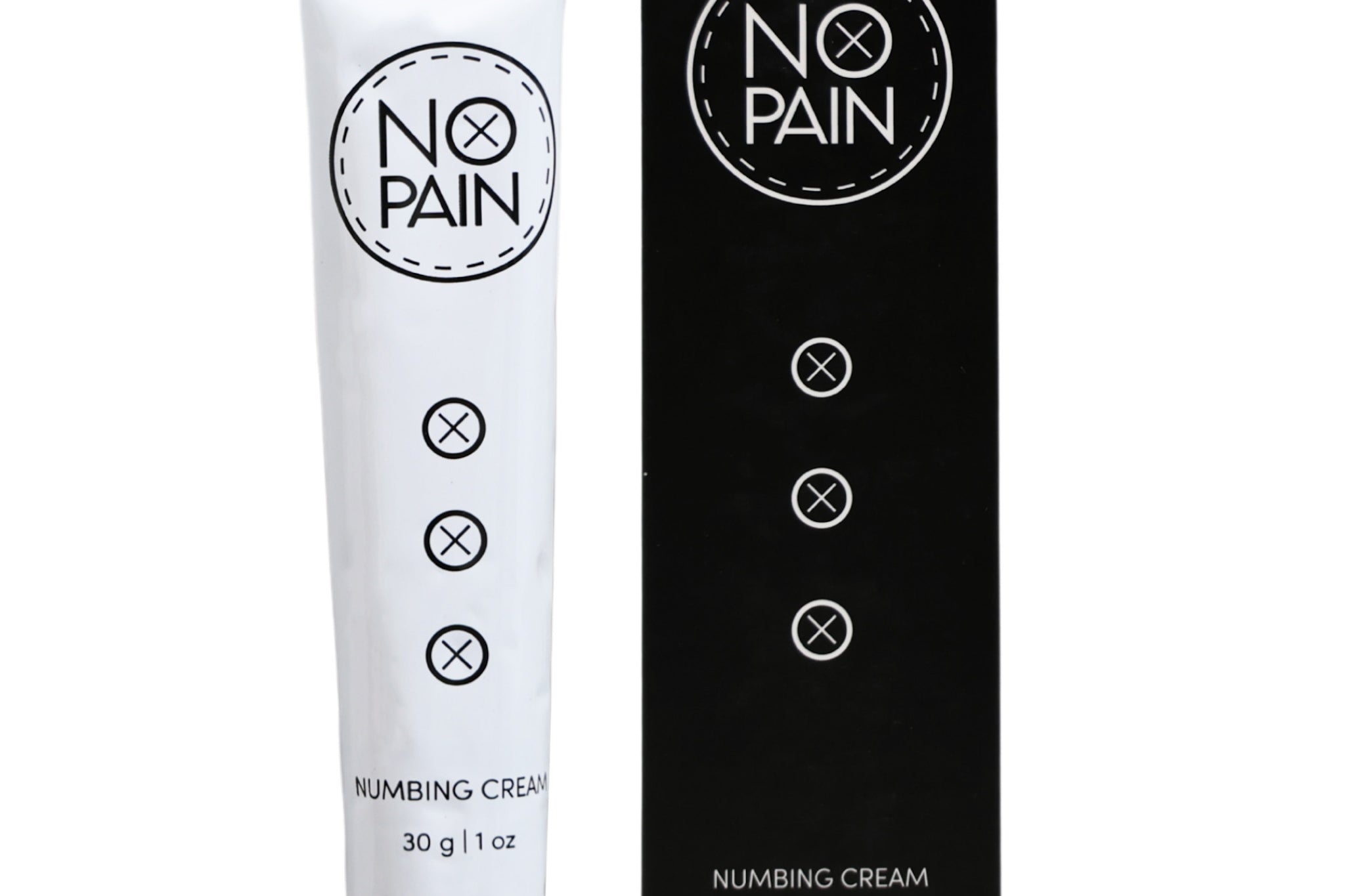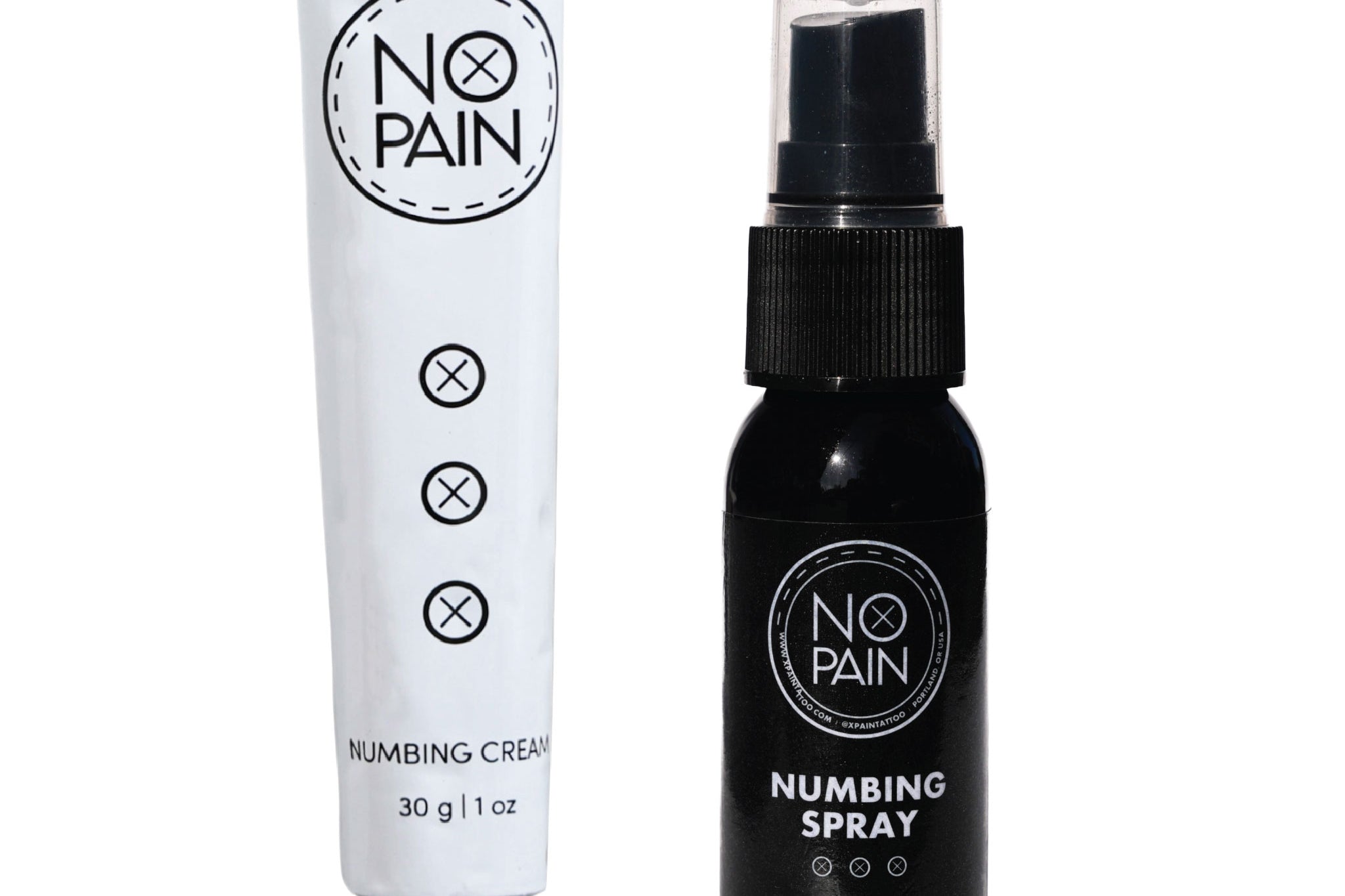You're admiring your new tattoo in the mirror. It's been several weeks, the healing process is finally over, and for the most part, it looks great. But your heart sinks a little as you notice some spots where the black isn't quite solid, or a patch of color looks a bit washed out. A perfectly executed tattoo has healed with patchy spots.
First, don't panic. This is a very common issue, and more importantly, it is almost always fixable. This is your step-by-step guide to understanding why your tattoo healed patchy and the exact process for getting it fixed and looking flawless.
Why Do Tattoos Heal Patchy?
Before we get to the fix, it's important to understand the cause.
-
Improper Aftercare (The Most Common Reason): The #1 culprit for patchiness is heavy scabbing during the healing process. If a tattoo is allowed to get too dry, it can form thick, hard scabs. When those scabs fall off (or are accidentally picked or bumped), they can pull the underlying ink right out of the skin, leaving a light or empty spot. Soaking the tattoo or scratching the itch can do the same damage.
-
Difficult Healing Placements: Some parts of the body are simply harder to heal. Areas that move, bend, and stretch a lot (like elbows, knees, hands, and fingers) or that experience a lot of friction are prone to some ink loss during the healing phase.
-
Artist Technique: In some cases, the artist may not have packed the ink into the skin as densely or as evenly as needed. This is more common with inexperienced artists or on very difficult skin types.
The Solution: The "Touch-Up" Session
The one and only way to fix a patchy tattoo is with a touch-up. This is a follow-up session where your artist goes back over the specific, healed areas that need more ink to make them solid, saturated, and vibrant.
Step 1: Wait Until It's Fully Healed
This is the most critical step. You cannot get a touch-up until the tattoo is 100% fully healed and settled. This means waiting a minimum of 4 to 6 weeks after your initial session, and often longer. Your artist needs a stable, healthy, and non-sensitive canvas to work on to accurately match the ink.
Step 2: Contact Your Artist Politely
Reach out to your artist via their preferred method (usually email). Send them clear, well-lit photos of the patchy areas and politely explain the situation. Any professional artist wants their work to look perfect on you, and they are almost always happy to do a touch-up to ensure that.
Step 3: Understand Their Policy
Many artists offer one free touch-up within a certain timeframe (usually 3-6 months), as long as the patchiness wasn't caused by obvious client neglect (like getting a sunburn on the fresh tattoo or picking at it). Be prepared that some artists may charge a small setup fee for supplies.
Your Second Chance: Healing the Touch-Up Perfectly
A touch-up is essentially a brand-new tattoo on top of a healed one. You have a second chance to heal it perfectly, and this time, you need to get it right. A flawless aftercare routine is non-negotiable.
The goal is to prevent the heavy scabbing that likely caused the patchiness in the first place. This comes down to creating a perfect, breathable moisture balance.
Our No Pain Tattoo Aftercare Bundle is your toolkit for a flawless second heal.
-
Keep It Clean: Use the No Pain Tattoo Cleansing Foam to prevent any chance of infection in the freshly worked areas.
-
Keep It Moisturized: Use the No Pain Tattoo Aftercare Balm consistently. Its breathable, nourishing formula is the ultimate defense against the dry skin that leads to ink-pulling scabs. This is your key to ensuring the new ink stays put for good.
The Verdict: A patchy tattoo is a frustrating but very fixable problem. The solution is a patient wait, a professional touch-up, and a perfect second round of aftercare.
Don't be discouraged if your tattoo needs a little perfecting. It's a normal part of the process for many people, especially on tricky placements. Follow these steps, and you'll soon have the solid, vibrant, and flawless piece of art you've been waiting for.




